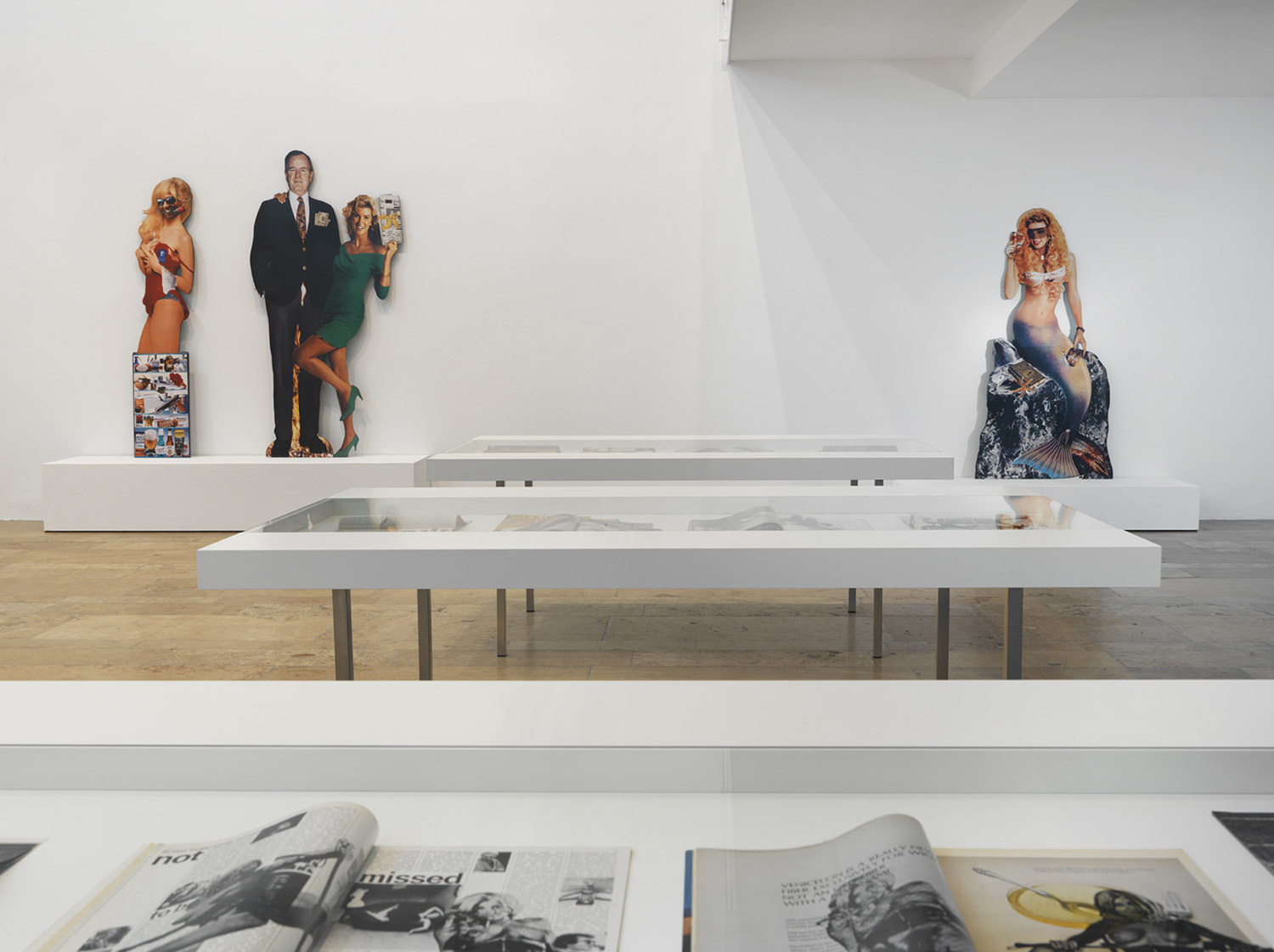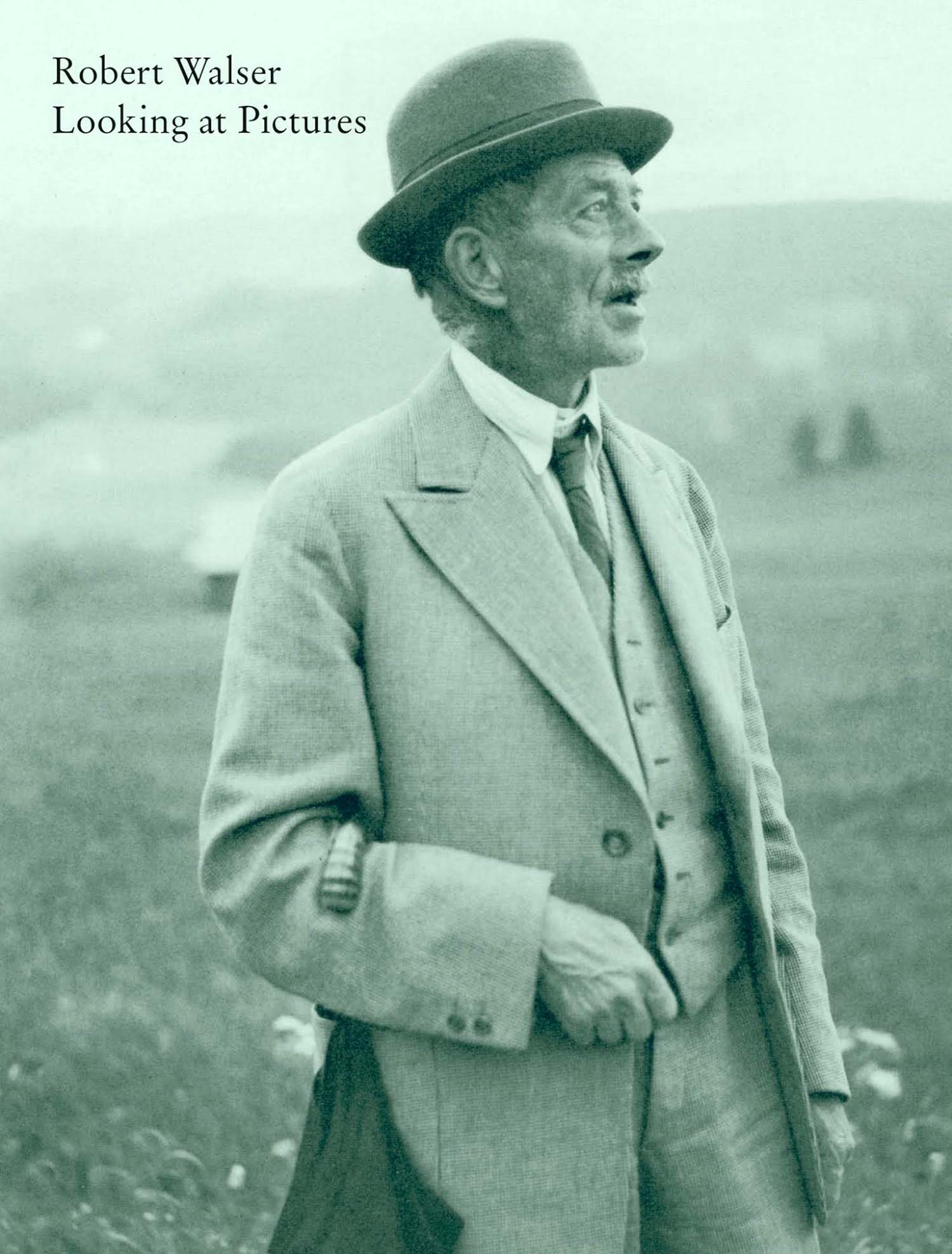Robert Rauschenberg passed away on Monday evening as a result of heart failure, aged 82.
Rauschenberg, born in Port Arthur, Texas, became synonymous with post-war American art. His artistic career began in 1945 when he took up a formal art education following his discharge from the U.S. Navy. His study took him to North Carolina where he was a student of Bauhaus master Josef Albers at BlackMountainCollege. This period also saw him forge friendships with the composer John Cage and dancer Merce Cunningham.
In 1949 Rauschenberg settled in New York and would develop a style close to Abstract Expressionism. Indeed, his first solo exhibition was held at Betty Parsons Gallery in New York in 1951, a gallery noted for this style, representing artists like Jackson Pollock, Mark Rothko, Clyfford Still, Barnett Newman, Hans Hofmann, and Ad Reinhardt. However, for many his style is understood as a departure from the work of his contemporaries. Fusing everyday articles into the realm of painting, the readymade and the handmade, Rauschenberg seemed to contextualize his endeavor with the now famous remark that he worked in the gap between art and life. “If I couldn’t find material to do an artwork walking around the block once,” he once said, “I wouldn’t do it.” Rauschenberg’s great friend Jasper Johns commented that only Picasso had contributed more to the unfolding of twentieth-century art.
Perhaps Rauschenberg’s crowning glory came in 1998 when the GuggenheimMuseum in New York put on a full retrospective of the artist’s career featuring 400 works, the largest of his shows to date.


